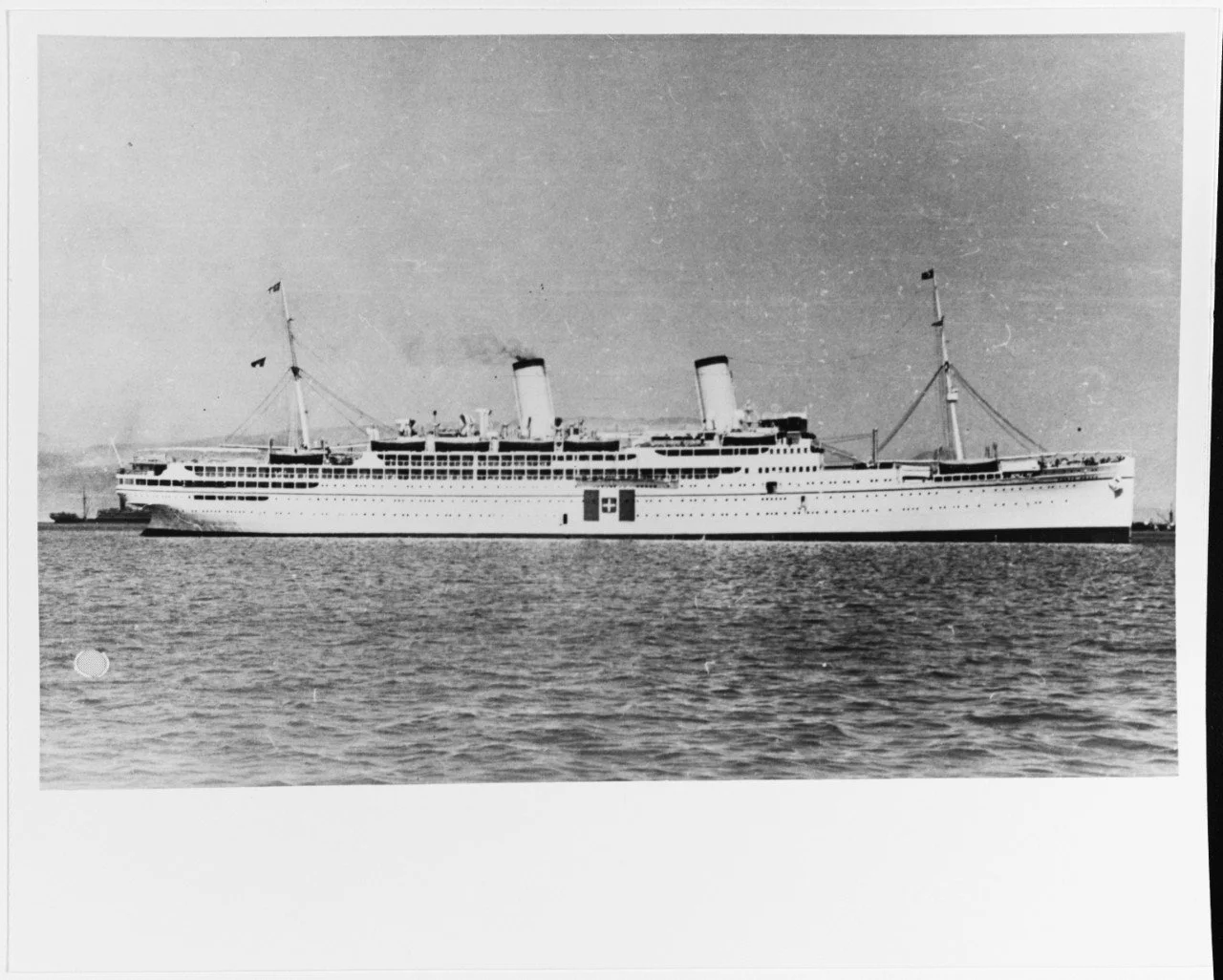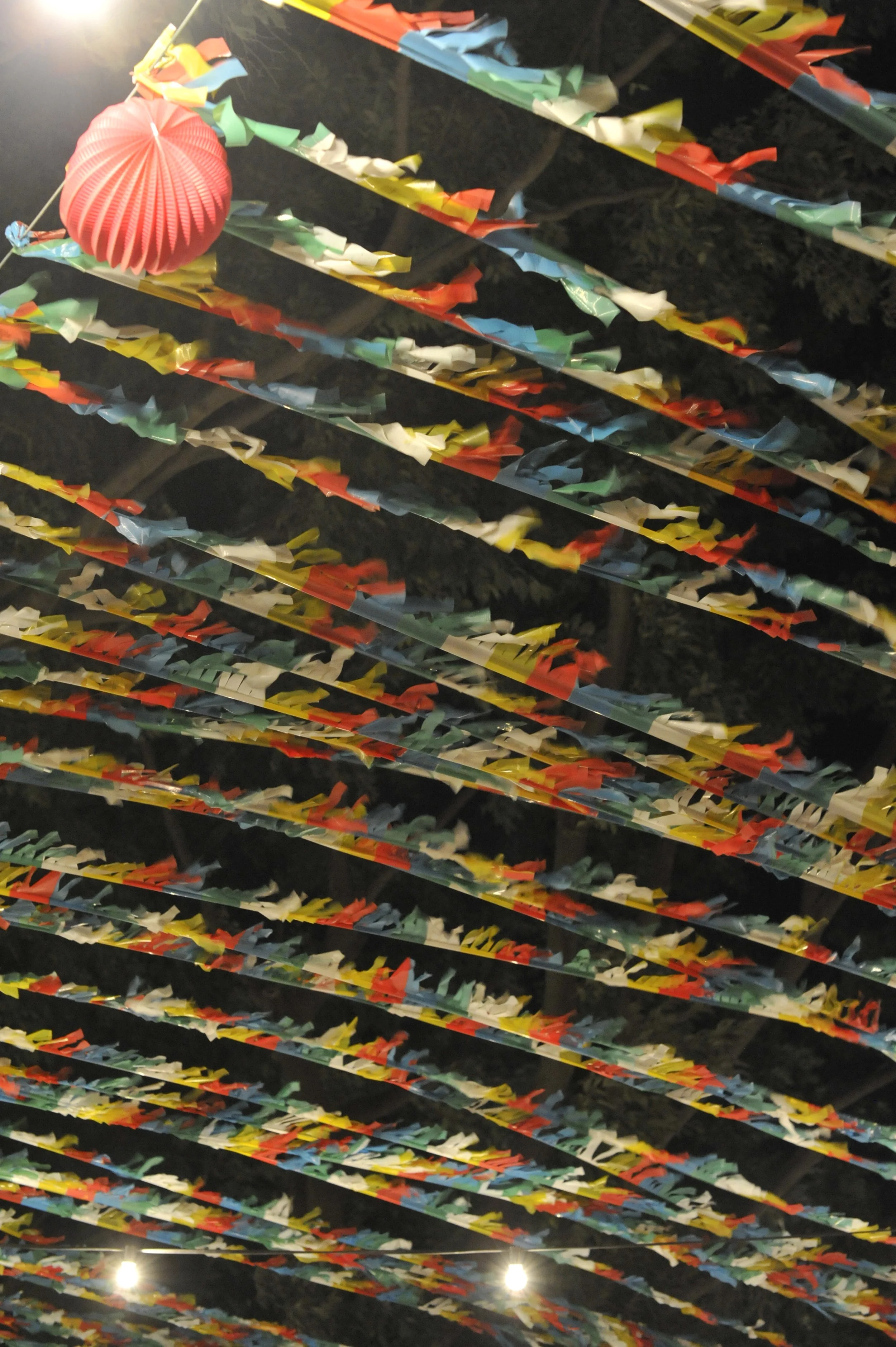The possibilities in transit: Helmut Newton’s experiences on a Shanghai-bound ship
Onboard the Conte Rosso, 18-year-old Helmut Newton began a ship-long romantic affair with a married Viennese woman. He transited Port Said, Djibouti, Bombay, and Singapore. He sweated under the equatorial heat. And to his disappointment, he had to share his second-class accommodation with three other men. In this post, I use Helmut Newton’s provocative memoir, Autobiography, to explore how this oceanic mode of transportation informed Jewish refugees’ experiences between 1938 and 1940. What did they do during their journey onboard Shanghai-bound ships? By joining Newton on the ship, this post draws connections between Holocaust Studies and Refugee Studies to reveal the significance of these vessels as a ‘space of possibilities’ for Jewish refugee passengers.
Newton was born Helmut Neustädter, on 31 October 1920 in the Berlin neighbourhood of Schöneberg. His mother was Klara Markiewiecz or Marquis, and his father was Max Neustädter. Helmut wrote that they were unobservant assimilated German Jews who celebrated Christian holidays. In his teenage years, Helmut was introduced to photography, a trade that influenced his survival and future career. He apprenticed with a renowned Berlin photographer named Yva from 1936 to 1938. Although the apprenticeship was initially unpaid, Helmut impressed the master photographer enough to start receiving pocket money from her.
While Helmut enjoyed personal successes, major political developments during the late 1930s loomed in the background. The situation for Jews within Nazi Germany became increasingly dangerous, erupting on 9 and 10 November 1938 with the Kristallnacht pogroms. His father was captured and sent to Sachsenhausen Concentration Camp, while Helmut himself went into hiding for two weeks. During this turmoil, Helmut’s mother arranged for her husband’s release; she also secured a second-class ticket on the Conte Rosso for Helmut. On 5 December 1938, Helmut departed Berlin by train. After crossing the Italian border, he arrived at Trieste and boarded the Conte Rosso for Shanghai.
Helmut’s Autobiography captured the experience onboard the Conte Rosso. He and his fellow passengers were more interested in living in the moment and enjoying the trip as a tourist cruise. ‘No one wanted to think about the terribly uncertain future. Everyone was having a wonderful time, drinking and carrying on.’ (72) Helmut’s observations suggest that passengers wanted to forget, or temporarily put their traumas aside. For the duration of the ship journey, Jewish refugee passengers wanted to (re-)experience fun, joy, and happiness. This could be blissful ignorance: of not wanting to know or accept reality until the ship arrived in Shanghai. If the ship was a vehicle for transformation, a space of possibility, then naturally there could have been a fantastical element to it. A space where the restrictions and limitations against Jews were no longer applied. Helmut wrote that although it was possible for passengers to receive news once they docked at their colonial stopovers, “No one did. No one wanted to hear anything about life in the real world, away from the ship.”
For Helmut, his access to the possibilities available aboard the Conte Rosso was helped tremendously by his possession of board money. Due to his mother’s ingenuity in pre-purchasing these vouchers, Helmut had “…plenty of money to amuse myself, buy drinks, and have a good time – I was rich.” Although the tickets were part of the ship-based hierarchy that divided passengers into first-, second-, and third-classes, the realities of the month-long journey to Shanghai meant that a certain degree of fluidity was possible. Helmut’s access to board money was one instance that disrupted the fare structure and gave Helmut access to first-class amenities, despite being a second-class passenger. Additionally, Helmut would brazenly sneak into the first-class dance before slipping away to second-class events. Despite his initial disappointment to be sharing a cabin, he also developed a strong friendship with his cabinmate Max Knopf, a bookbinder, whom Helmut saw as a kind of mentor. Knopf became a source of support after the two of them were granted permission to stay and work in Singapore when the Conte Rosso docked in the port-city.
While these descriptions present his shipbound experiences in a positive light, Helmut’s sexual exploits unsettle and raise questions about the nature of, and silences during, the ship journey. In his last conversation with his father before leaving for Shanghai, Helmut wrote that “[my father] knew very well that all I wanted to do was to fuck girls, take photographs, and have a good time. I was just eighteen…” As Helmut danced and ate his way to Shanghai, he also started an affair with a married Viennese woman. At one point, the pair were caught in the bedroom by the woman’s husband: he pounded on the door threatening Helmut and demanding the woman to come out. Their affair had been discovered. But incredibly, the woman didn’t care. Nor did Helmut. ‘When I realized he couldn’t break the door down, I didn’t let it bother me either. I just picked up where we had left off.’
In Singapore, from January 1939, Helmut worked as a photographer. At the outbreak of the Second World War, he was designated as an ‘enemy alien’ but avoided internment because he was a refugee. However, Nazi Germany’s rapid victories and occupations of France and the Low Countries in summer 1940 resulted in all ‘enemy aliens’ in Singapore being transferred to internment camps in Australia. Helmut remained in these camps until his conditional release in 1942. In the postwar period, Helmut changed his surname to Newton and would go on to establish a career as a prolific photographer.
What makes Helmut’s memoir so unique is how explicitly erotic it is. In surviving letters and diaries, and in oral interviews given by other Shanghai Jewish refugees that I have examined, there were no mentions of these intimate encounters onboard ship. Perhaps Helmut’s experience was an exception? Or maybe it could have been exaggerated, if not made-up. But just as my article examined the overlooked site of Hong Kong as a refuge for Jewish refugees, so too have these ship journeys been ignored. Helmut’sAutobiographyis merely the starting point of a deeper exploration into these ship journeys as the explicit subject of scholarly inquiries; its decks became liminal spaces of possibilities.
*
The header image shows the SS Conte Rosso at some point in the lat 1930s, bearing ‘neutral’ markings.
Source: US Naval History and Heritage Command



